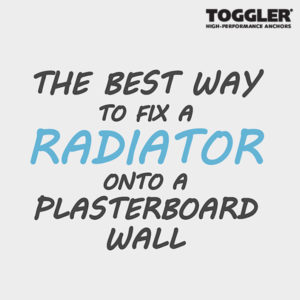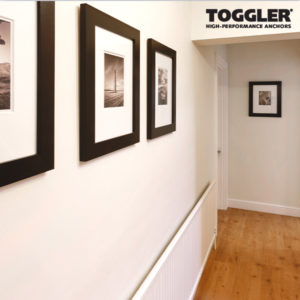Wall mirrors are a common object that have endless applications, whether it be a small bathroom mirror or a luxury one for a high-end showroom. A well-placed mirror can make or break the overall appearance of a room, as they alter the appearance of the room size and can add touch of class to almost any environment.
Due to glass being a fairly heavy-duty material, fixing a mirror to the wall can be a difficult task. The chances of a weak fixing being pulled back through the wall when supporting the mirror are high. Not only can this be a costly mistake, but cleaning up the remains of a shattered mirror can be time-consuming and quite dangerous. For this reason, we suggest using the SnapSkru plasterboard anchor with all mirror applications.

The standard fixings supplied with a mirror will more often than not be for solid walls, making their design flawed for plasterboard applications. The pressure from a heavy-duty mirror will cause the fixings sharp thread to cut back through the plasterboard, ultimately leading to fixing failure.
The TOGGLER SnapSkru is the only self-drilling plasterboard anchor that symmetrically locks on to the wall for a truly secure fastening – with up to 80% more holding power than conventional anchors on the market. With a tensile strength of 36kg (UWL) in 12.5mm plasterboard, SnapSkru is the ideal fixing for any mirror applications.

SnapSkru’s built-in positive stop resists over-drilling and then opens with an audible “pop”, positively locking the anchor to the rear of the wall to resist vibration and shock. Meaning, you can fix the mirror to the wall with confidence that will remain there securely, for years to come.

Not to mention, SnapSkru’s ease of installation sets it apart from other anchors on the market. Securing the mirror to a plasterboard wall can be achieved with three simple steps:
- Drive the anchor clockwise into drywall until anchor stops flush with the outer wall surface.
- Place the mirror over the anchor and insert the screw fully in.
- Tighten the screw flush with the item, until you hear the “pop” of the anchor locking to the rear of the wall.
* All strength loads indicate the ultimate working load (UWL). Industry safety standards recommend ¼ of UWL.





Leave a Reply